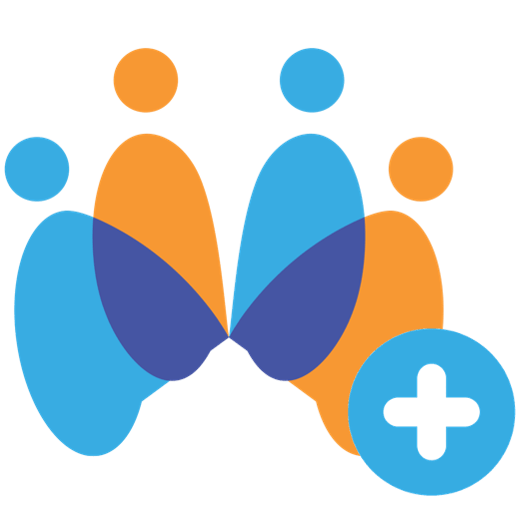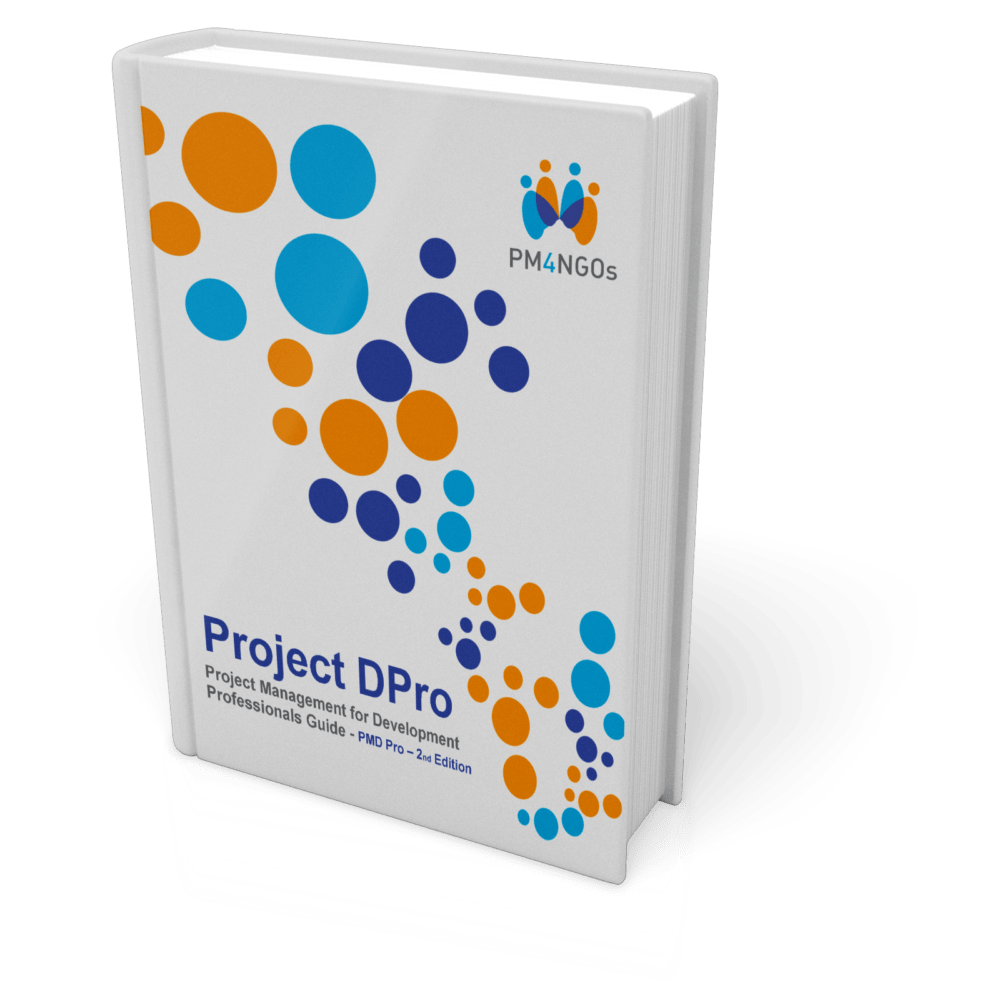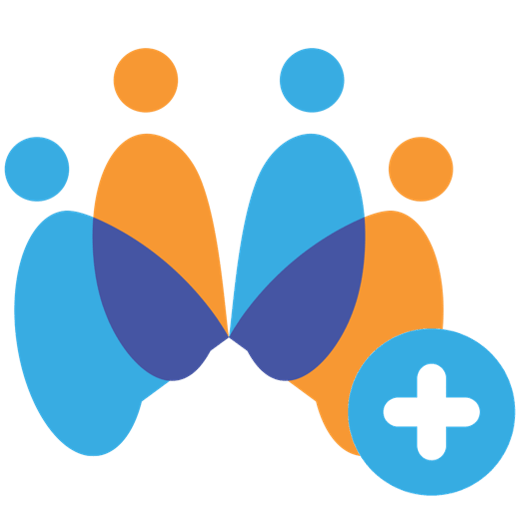In this article, we explore the significance of principles and decision gates in Project DPro and Program DPro. We begin by discussing the five management phases in Project DPro, namely Identification and Definition, Set Up, Planning, Implementation, and Closure. We also highlight how the second edition of PMD Pro incorporates MEAL activities into each Project DPro phase. Moving on to Program DPro, we outline its four phases, with the major difference being the combination of Planning and Implementation into one phase. We emphasize the strategic nature of Program Management during the Program Design phase, where a roadmap is created to manage individual projects. Additionally, we delve into the principles of Well Governed, Participatory, Comprehensive, Integrated, and Adaptive, which provide a cohesive management approach. Lastly, we explore the importance of decision gates that allow for reflection and evaluation before proceeding with projects or programs. By understanding these principles and utilizing decision gates, project and program managers can enhance their overall management approach.

This image is property of i0.wp.com.
Project DPro Phases
Project DPro consists of five management phases: Identification and Definition, Set Up, Planning, Implementation, and Closure. These phases provide a structured approach to project management, ensuring that all necessary steps are taken to successfully complete a project.
In the Identification and Definition phase, the project team identifies the project’s goals, objectives, and deliverables. This phase involves conducting a feasibility study and understanding the project’s scope, stakeholders, and potential risks. It serves as the foundation for the rest of the project.
Once the project goals and objectives are defined, the Set Up phase begins. This phase involves establishing the project team, creating a project management plan, and allocating resources. It is crucial to define roles and responsibilities, establish communication channels, and set up project monitoring and evaluation mechanisms.
The Planning phase focuses on developing a detailed project plan. This includes defining tasks, timelines, and dependencies, as well as establishing a budget and procurement plan. The team also conducts risk assessments and develops contingency plans to mitigate potential risks. The Planning phase ensures that the project is well-organized and can be executed efficiently.
Next comes the Implementation phase, where the project plan is put into action. The project team carries out the tasks and activities outlined in the plan, ensuring that all deliverables are completed within the set timelines and budget. Effective communication and coordination are essential during this phase to ensure smooth progress and address any challenges that arise.
Finally, the Closure phase marks the end of the project. The team conducts a thorough review of the project’s outcomes, assesses its success against the defined objectives, and prepares final reports and documentation. This phase involves a formal handover of deliverables, closure of contracts, and evaluation of lessons learned for future projects.
Program DPro Phases
While Project DPro focuses on managing individual projects, Program DPro takes a broader perspective and manages a portfolio of related projects and activities. The four phases of Program DPro are Identification, Design, Planning & Implementation, and Closure.
The Identification phase in Program DPro involves understanding the strategic goals and objectives of the program. This phase includes conducting a needs assessment, identifying stakeholders, and determining the feasibility and alignment of projects with the program’s overall strategy.
In the Design phase, a roadmap is created to guide the program’s implementation. This roadmap outlines how the various projects and activities within the program will be coordinated and integrated. It provides a strategic framework for managing the individual projects, ensuring alignment with the program’s goals and objectives.
The Planning & Implementation phase combines the planning and implementation activities into a single phase. This phase involves developing detailed project plans for each component project within the program and executing those plans. It includes coordination among project managers and regular monitoring to ensure the program’s progress.
Finally, the Closure phase marks the end of the program. It involves a comprehensive evaluation of the program’s outcomes, including the achievement of desired results and the identification of lessons learned. The program team prepares final reports, conducts stakeholder reviews, and ensures a smooth transition out of the program.
Strategic Nature of Program Management
Program management takes a higher-level perspective compared to project management. It focuses on the strategic aspects of managing multiple projects and activities that contribute to a common goal. Program DPro recognizes the strategic nature of program management through its phased approach and emphasis on iterative interactions with program components.
One key aspect of strategic program management is the creation of a roadmap during the Program Design phase. This roadmap serves as a guide for how the different projects and activities within the program will fit together and work towards achieving the program’s objectives. It provides a holistic view of the program, enabling effective decision-making and resource allocation.
Management at a higher level is another characteristic of strategic program management. In Program DPro, each component project within a program has its own project manager. However, the program manager oversees the overall coordination and integration of these projects, ensuring alignment with the program’s strategic goals. This allows for a more cohesive and efficient management approach.
Iterative interactions with program components are essential in strategic program management. The Planning & Implementation phase in Program DPro involves ongoing coordination and updates with project managers to ensure that the program’s objectives are being met. This iterative approach allows for flexibility and adaptability, enabling adjustments to be made as needed throughout the program’s lifecycle.
Principles
Both Project DPro and Program DPro are guided by a set of principles that underpin effective management at both the project and program level. These principles provide a framework for decision-making and ensure that management approaches are comprehensive, well-governed, participatory, integrated, and adaptive.
Well-governed management ensures that projects and programs are aligned with strategic objectives and adhere to established policies and procedures. It promotes transparency and accountability, providing a clear framework for decision-making and risk management.
Participatory management involves engaging stakeholders and involving them in the decision-making process. It recognizes the importance of collaboration and ensures that diverse perspectives are considered. This principle fosters ownership, commitment, and buy-in from stakeholders, improving the chances of success for both projects and programs.
Comprehensive management involves considering all aspects of a project or program, including its goals, stakeholders, risks, and resources. It ensures that a holistic approach is taken, allowing for effective planning, implementation, and evaluation. Comprehensive management promotes a thorough understanding of the project or program’s context and enables the identification and mitigation of potential challenges.
Integrated management emphasizes the interdependencies and interactions between different projects and activities. It recognizes that projects and programs rarely exist in isolation and need to be coordinated and aligned to achieve desired outcomes. Integrated management facilitates effective communication and collaboration among project and program teams, enabling a unified approach to realizing strategic goals.
Adaptive management recognizes that projects and programs operate in dynamic environments with evolving circumstances. It emphasizes the importance of being flexible and adaptable, allowing for adjustments to be made in response to changes in priorities, stakeholders, or external factors. Adaptive management ensures that projects and programs remain relevant and effective throughout their lifecycle.

This image is property of i0.wp.com.
Decision Gates
Decision gates play a crucial role in both Project DPro and Program DPro by providing opportunities for reflection and evaluation before proceeding with a project or program. These gates serve as checkpoints where key decisions are made, based on a thorough assessment of risks, costs, benefits, and alignment with strategic objectives.
Reflection and evaluation are essential components of effective project and program management. Decision gates allow management teams to pause and consider whether continuing with a project or program is still the right course of action. They enable adjustments to be made, based on new information or changing circumstances, ensuring that resources are allocated effectively, and desired outcomes can still be achieved.
Decision gates also provide a platform for stakeholders to be engaged and contribute to the decision-making process. By involving stakeholders at critical junctures, their perspectives and concerns can be addressed, promoting ownership and shared accountability. Decision gates facilitate open and transparent communication, ensuring that decisions are well-informed and supported.
Opportunities to rethink and adjust the approach are a key benefit of decision gates. They allow for course correction and adaptation, enabling projects and programs to respond effectively to unexpected challenges or changing requirements. Decision gates promote agility and ensure that resources are allocated based on the most up-to-date information and strategic priorities.
Disciplines
Both Project DPro and Program DPro encompass a set of disciplines that are critical for effective project and program management. These disciplines provide a structured framework for addressing key aspects such as justification, time, scope, risk, stakeholders, resource management, and financial management.
Justification ensures that projects and programs are aligned with strategic objectives and provide value to stakeholders. It involves conducting feasibility studies, cost-benefit analyses, and determining the anticipated benefits and outcomes. Justification ensures that resources are allocated to projects and programs that have a clear purpose and are likely to deliver desired results.
Time management involves planning, scheduling, and monitoring project and program timelines. It ensures that tasks and activities are completed within defined timeframes, allowing for coordination and dependencies among different activities. Time management enables effective project and program control, ensuring that deadlines are met and progress is monitored.
Scope management involves defining and controlling the boundaries of a project or program. It includes identifying deliverables, setting objectives, and managing changes to ensure that the project or program remains focused and aligned with its goals. Scope management prevents project or program scope creep, ensuring that efforts are expended on the most critical activities.
Risk management is the process of identifying, analyzing, and mitigating potential risks that could impact the success of a project or program. It involves conducting risk assessments, developing risk mitigation strategies, and monitoring risks throughout the project or program lifecycle. Risk management enables proactive identification and management of threats and opportunities.
Stakeholder management involves identifying and engaging with stakeholders throughout the project or program lifecycle. It ensures that their expectations and interests are addressed, fostering collaboration and support. Effective stakeholder management promotes ownership and buy-in, enhancing the likelihood of success for projects and programs.
Resource management is a key discipline in project management, focusing on the allocation and utilization of resources such as personnel, equipment, and materials. It involves planning and monitoring resource needs, managing resource constraints, and optimizing resource allocation. Resource management ensures that projects are adequately resourced and that resources are utilized efficiently.
Financial management is a discipline specific to Program DPro, reflecting the strategic nature of program management. It involves budgeting, forecasting, and monitoring financial resources for the program. Financial management ensures that funds are allocated appropriately, expenses are tracked, and financial accountability is maintained throughout the program’s lifecycle.

This image is property of i0.wp.com.
Importance of Project DPro and Program DPro
Effective project and program management is crucial for organizations to achieve their goals efficiently and deliver value to stakeholders. Project DPro and Program DPro provide structured approaches and methodologies that enhance cohesion, efficiency, and strategic alignment in managing projects and programs.
Project DPro ensures that projects are well-structured and managed through its comprehensive five-phase approach. By following the project management phases, organizations can minimize the risk of project failure, ensure effective resource allocation, and facilitate timely completion of deliverables. Project DPro provides the necessary tools and techniques for project managers to successfully execute projects.
Program DPro takes a broader perspective and recognizes the strategic nature of managing multiple projects and activities. By providing a roadmap and integrating program components, Program DPro enables organizations to align projects with strategic objectives and manage them effectively. Program DPro promotes a cohesive and coordinated approach to program management, enhancing overall efficiency and effectiveness.
The strategic approach to program management provided by Program DPro ensures that programs are well-governed, participatory, comprehensive, integrated, and adaptive. By adhering to principles and leveraging decision gates, program managers can make informed decisions, engage stakeholders, and actively manage risks and resources. Program DPro enhances the likelihood of program success and facilitates the achievement of desired outcomes.
By adopting Project DPro and Program DPro, organizations can benefit from improved project and program management capabilities. These methodologies provide a comprehensive and structured framework for managing projects and programs, enabling organizations to optimize resource utilization, enhance stakeholder engagement, and achieve strategic objectives efficiently.
Download Resources
To further explore Project DPro and Program DPro, you can download the resources available on the main PM4NGOs website. The Project DPro Second Edition provides in-depth guidance on project management phases, principles, and disciplines. Program DPro offers insights into managing programs strategically, with a focus on integration, financial management, and decision gates. These resources serve as valuable references for project and program managers, providing practical tools and techniques for successful delivery.

This image is property of dpro.plus.
Category
Project Management and Program Management are two distinct categories within the realm of project and program management. Project Management focuses on the management of individual projects, ensuring that they are well-planned, executed, and closed. Program Management, on the other hand, deals with the coordination and integration of multiple projects that contribute to a common goal. By understanding the differences and similarities between these categories, organizations can adopt the appropriate approaches and methodologies to effectively manage their initiatives.
Conclusion
The principles and decision gates embedded in Project DPro and Program DPro provide a solid foundation for effective project and program management. By following the respective phases and disciplines, organizations can ensure that projects and programs are well-governed, comprehensive, participatory, and adaptive. The strategic nature of Program DPro enables organizations to manage multiple projects in a coordinated and efficient manner, enhancing overall program success. By embracing Project DPro and Program DPro methodologies, organizations can enhance the cohesion, efficiency, and strategic alignment of their project and program management practices.

This image is property of images.unsplash.com.



